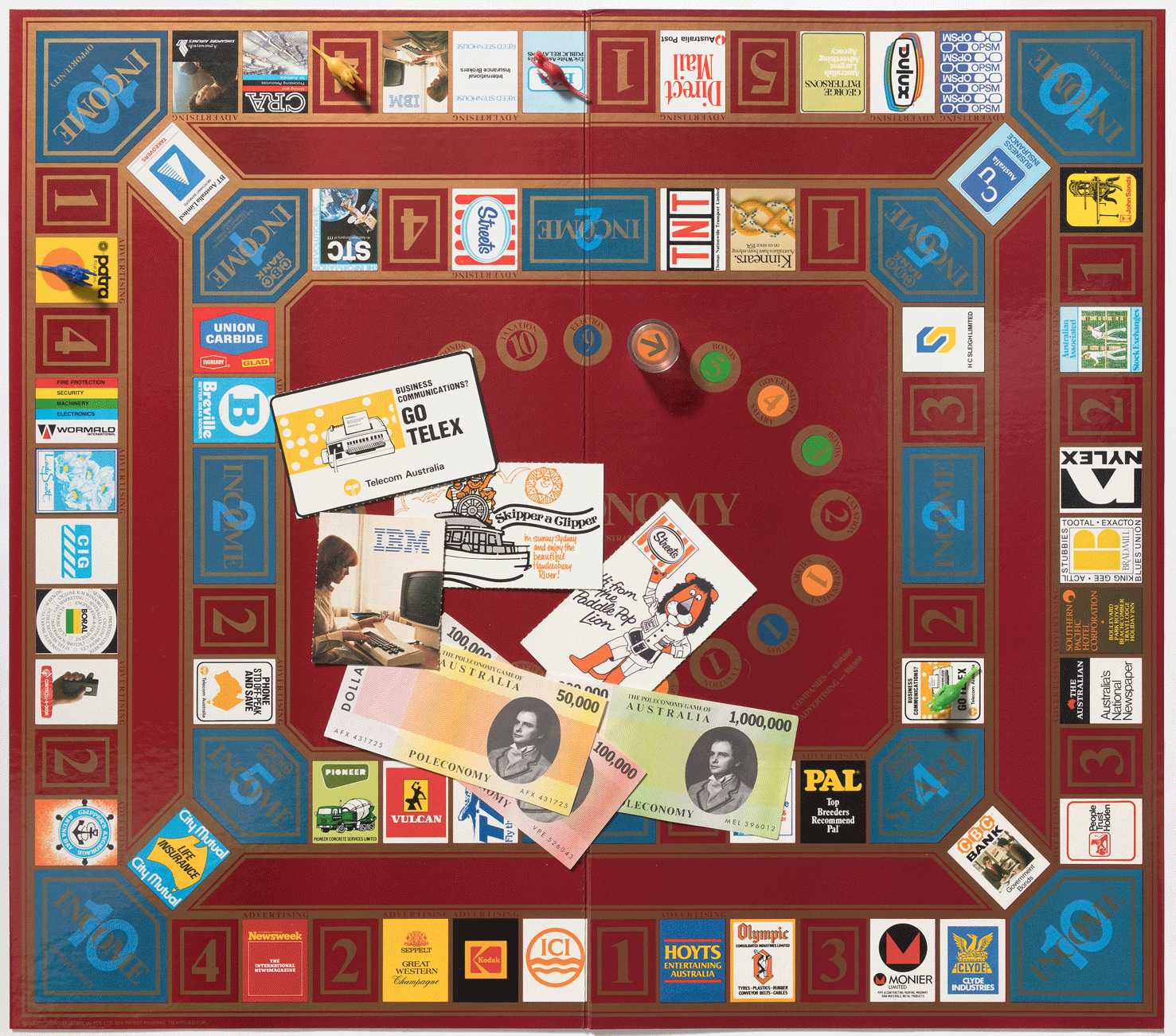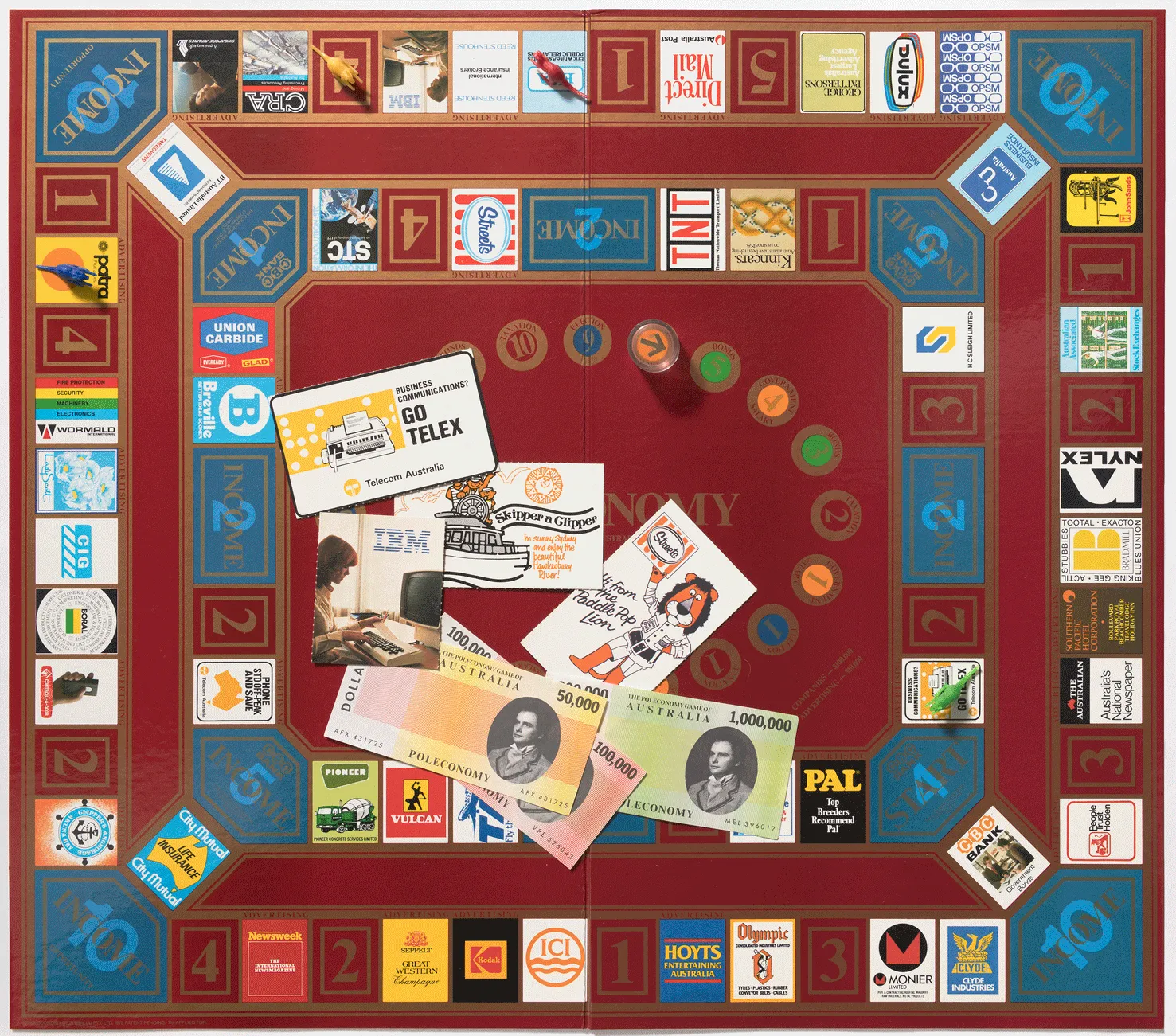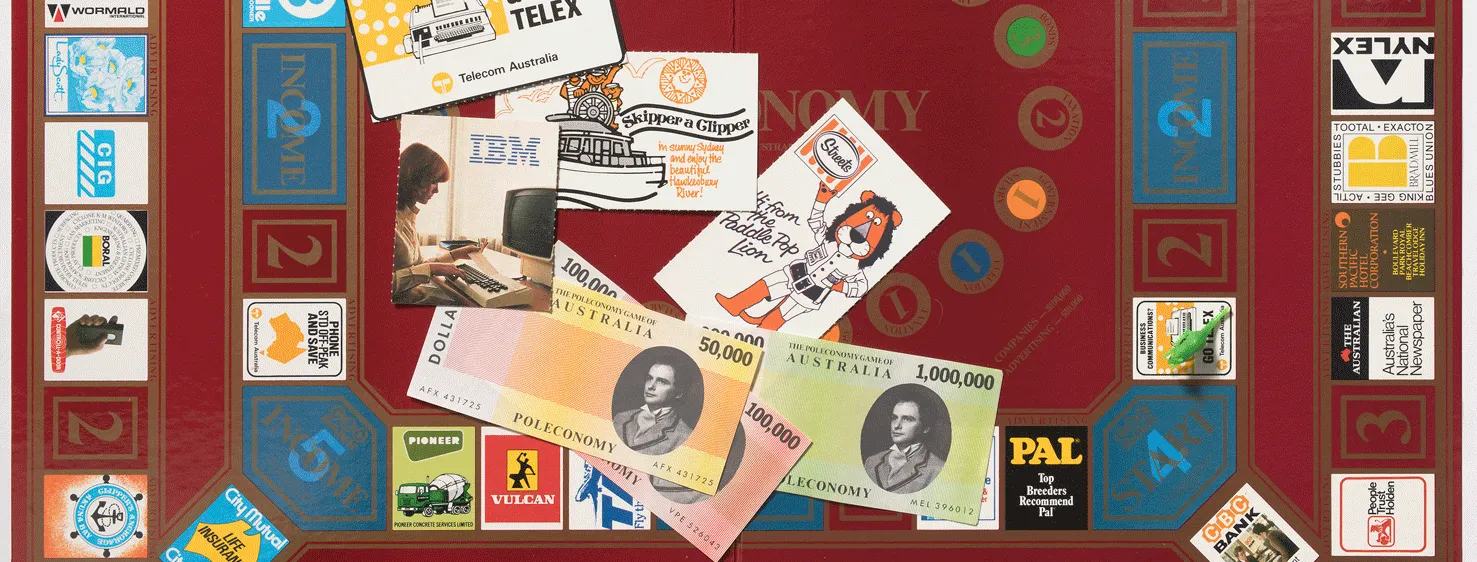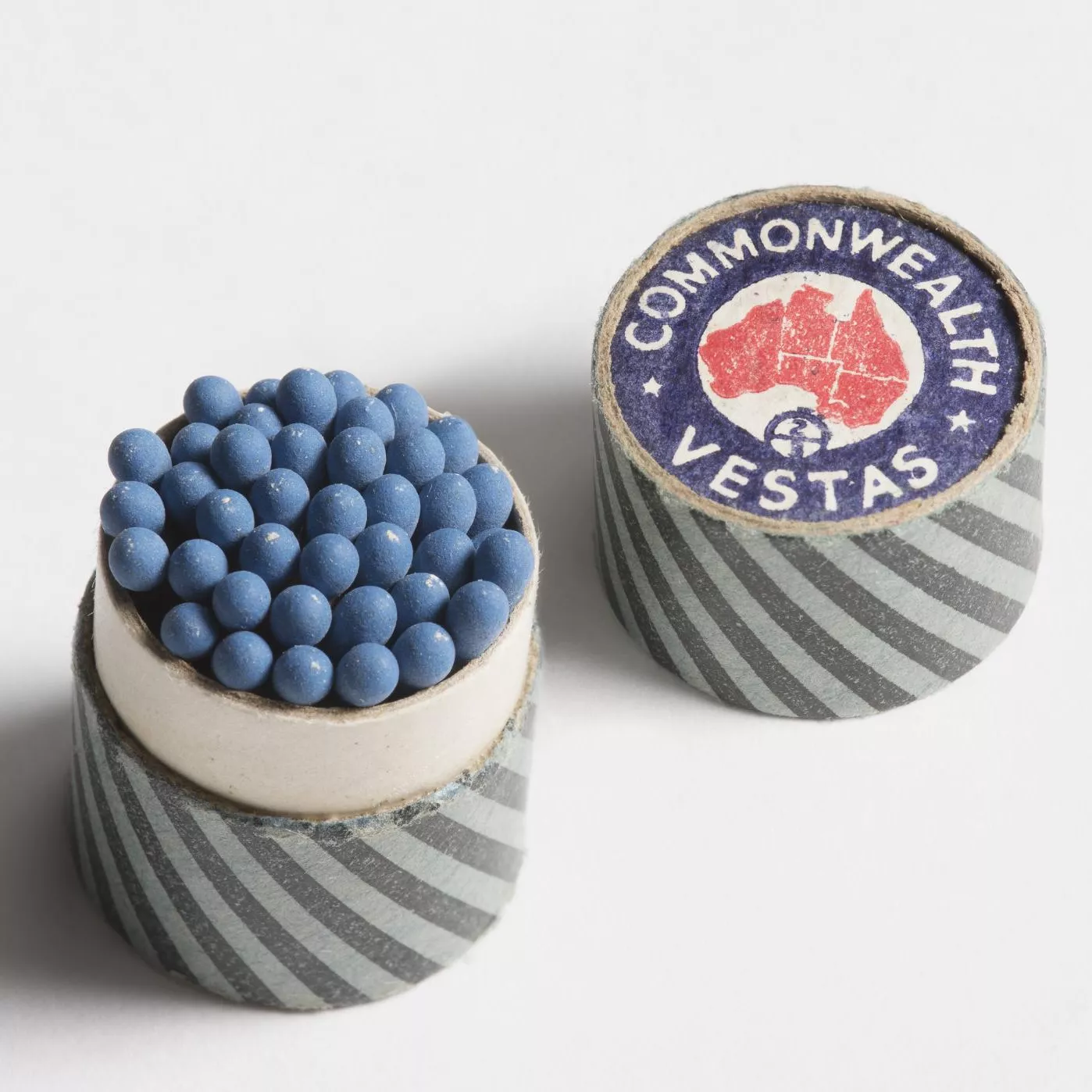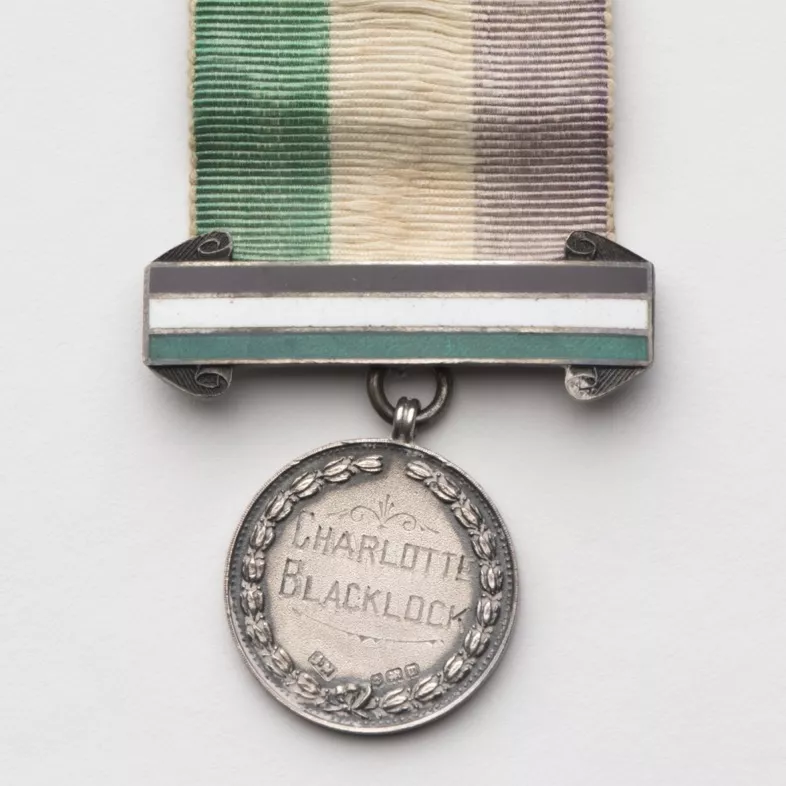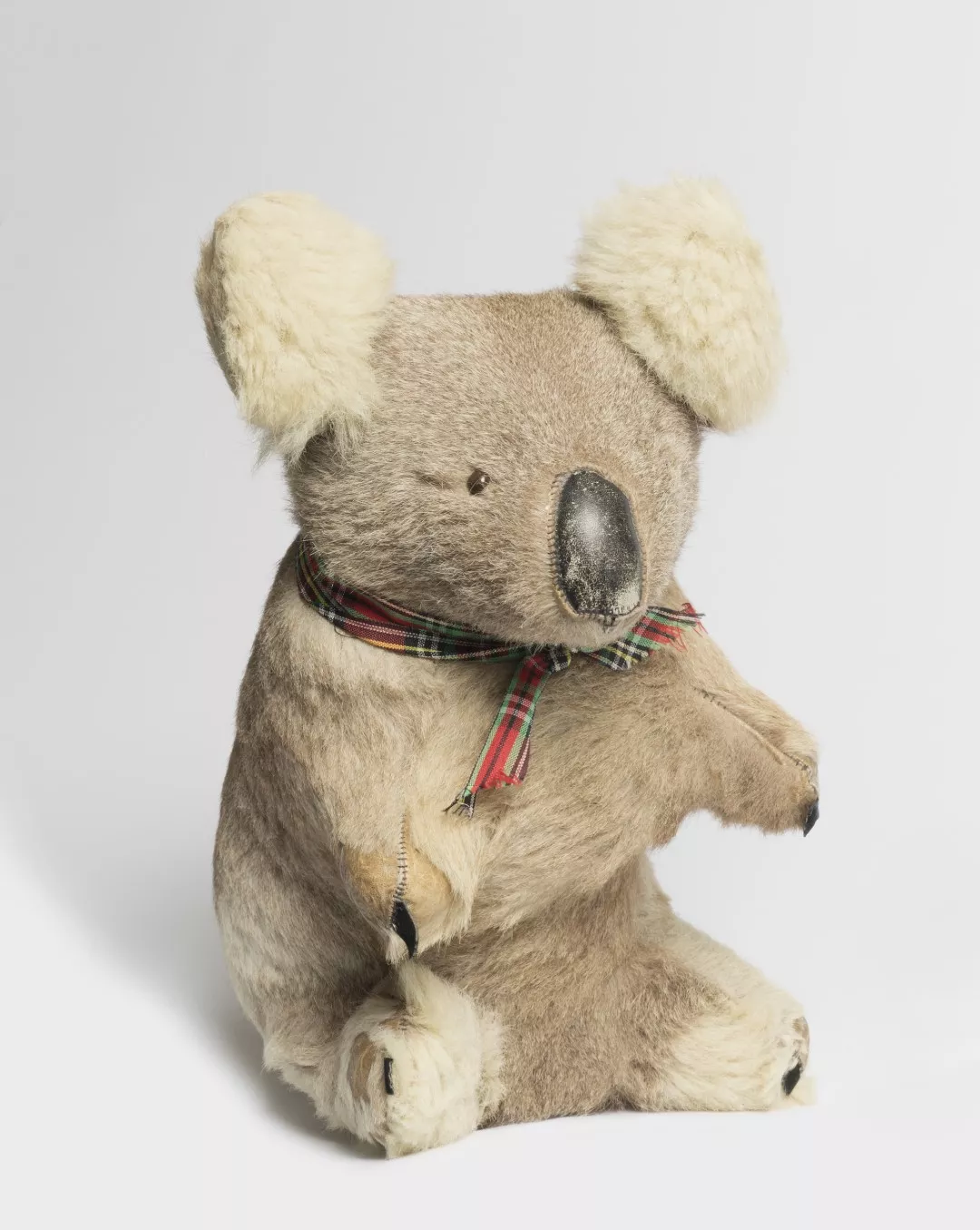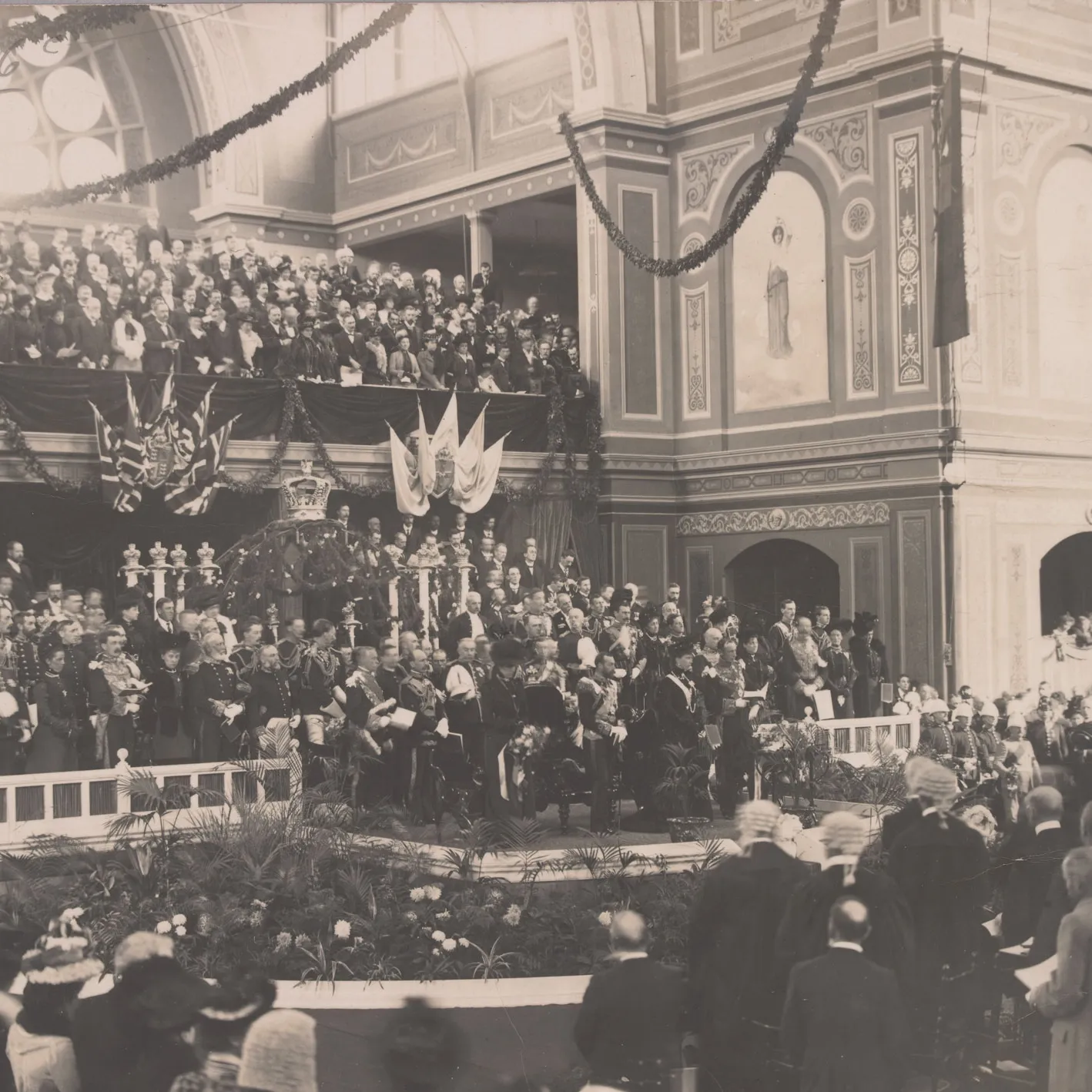Poleconomy board game
Make a killing.
Poleconomy – where politics meets business and it’s every company for themselves.
A portmanteau of politics and economy, Poleconomy was designed by New Zealander Bruce Hatherley and first sold in 1980. Players build a portfolio of business interests and vie for the position of prime minister. The player who becomes PM can influence the economy to make themselves richer and their opponents poorer.
If the gameplay sounds a little unethical to you, you aren’t alone. The communist newspaper Tribune described Poleconomy as ‘propaganda ... designed to show schoolchildren the role of government in keeping corporate cash-registers overflowing.’
Poleconomy is about the ways business and government intersect. It presents a good business climate as fundamental to the Australian economy and tries to show how good governance is needed to keep the economy going. The extent to which government should serve business interests is a perennial debate, and Australians continue to consider the complex relationship between private capital and public institutions.
The companies on the board paid for their places, with sponsorship for the game coming from Enterprise Australia. This group of business leaders regularly ran promotional advertising in newspapers and saw this game as a helpful promotion of Australian business.
The game sold well, and local versions were produced in the United Kingdom, Canada, New Zealand and South Africa.
How to play
Gameplay is reminiscent of Monopoly. Move pieces around the board to purchase businesses and collect money when opponents land on them. Roll the dice to see who becomes prime minister – a valuable role that can influence the state of the game. The PM’s actions can affect the value of players’ properties. The winner has the most money at the end.

